You open your laptop in an airport, at a coffee shop, or perhaps in your hotel or conference room. You sit down to work, select the correct Wi-Fi network, and … nothing. Your Wi-Fi icon may even show it's connected, but your browser says You are not connected to the internet no matter how hard you try. That popover login screen just never loads.
We've all been there. As a remote team that often works from coworking spaces and coffee shops, we've wasted far more time than we'd like to admit just trying to get connected to the internet.
There's no magic button to guarantee an internet connection, but these tricks get us connected most of the time.
The Best Option: Connect to a Secure Network

The typical problem of the Wi-Fi login screen not showing up is a problem only with open, public, unsecured Wi-Fi networks. If you connect to an open network at your friend's house, say, typically you won't need a password and can just start browsing the internet directly. At a coffee shop or airport, often you'll need to create an account or enter a code from a receipt before browsing the full internet—and it's that login screen that just won't load.
The best solution is also the most secure one: Opt for only encrypted Wi-Fi connections. Typically shown with a padlock beside their name in your Wi-Fi menu, encrypted networks will ask for a password in a standard dialog like the one above. Once you've entered the password, you'll typically never need to do it again on that device as your computer will remember it.
On a public Wi-Fi network, by default anything you enter on an unsecured, non-HTTPS site could be viewed by anyone else on the network. Encrypted networks with WPA2 passwords are far harder to attack and thus your data is likely safer.
Some networks offer both an encrypted and public, open network and you could log into either one. If so, choose the encrypted network.
If not, these tips should help you get that pesky open network login screen to load.
1. Turn Off Alternative Party DNS Servers

If there's one other tip to remember, it's this one—it's the trick that usually gets the login page to load for me:
Turn off your alternate DNS server.
DNS servers, also known as domain name servers, match domain names such as zapier.com to its server's IP address–making it much easier to visit websites than typing in 52.207.119.96.
If you don't know where to change your DNS settings, you're likely fine; your computer by default automatically picks up a DNS server from the Wi-Fi router, and so you'll get the DNS server your public Wi-Fi expects you to use automatically. And that's good, at least with public Wi-Fi: Your login page is more likely to load, and you won't need these tips.
If you've ever added Google DNS, OpenDNS, or any other alternative DNS to your network settings, though, that may be your problem. Many public Wi-Fi networks use their DNS server to tell your computer which login page to open–something that doesn't work when you're using an alternative DNS server. To fix that, just open your DNS settings and remove any alternate DNS servers. Here's how:
- Mac: Open System Preferences, select Network, Advanced, and then click the DNS tab. Select any DNS servers listed, and then tap the
-button to remove them and apply your changes. - Windows: Right-click your network icon in the system tray and select Open Network and Sharing Center. Click your connection name (typically Wi-Fi), select Properties, then click Internet Protocol Version 4 and select Properties again. There select Option an IP address automatically to use the default DNS servers.
- iOS: Open Settings, select Wi-Fi, and tap the
ibutton beside your network name. Tap the DNS field and delete any text there. - Android: Open Settings, select Wi-Fi, and long-press on your network name then tap Modify Network. There, delete any text in the DNS field.
With that done, try turning off your Wi-Fi and turning it back on—and the login screen should come up.
If not, you might need to clear the DNS cache on your computer. Here's how:
- Windows: Open Command Prompt, and enter
ipconfig /flushdns - Mac: Open Terminal, and enter
sudo killall -HUD mDNSResponder
Now try re-connecting to your Wi-Fi connection, and it should work.
2. Try to Open the Router's Default Page:
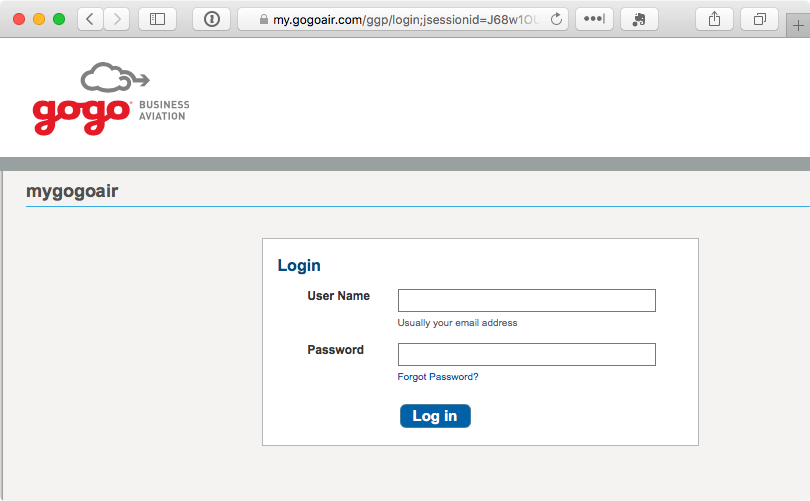
Still not connected? It's time to try to force your browser to open the login page.
An easy trick is to load the router's default page. Try entering 192.168.1.1, 127.1.1.1, or http://localhost in your browser address bar, and you just might get the default login page to load (or, you might see a router settings login page—in which case, don't try to login unless it's your home router).
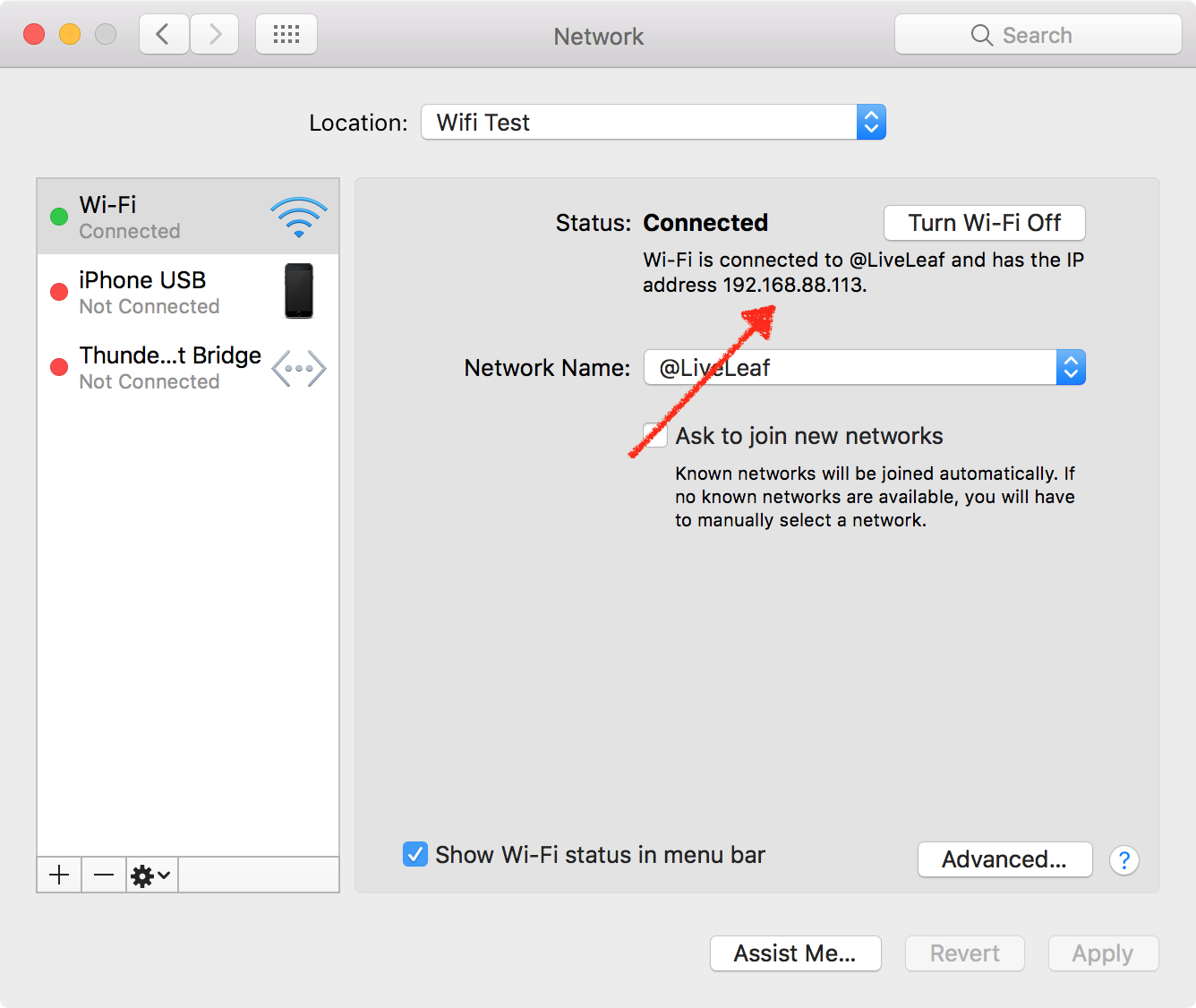
If that doesn't work, open your network settings again, and note your computer's IP address as in the screenshot above. Try entering that IP address in your browser, replacing the last number with 1. Or, check the TCP/IP tab in your Network settings for the router's own IP address if that doesn't work.
Or, if you're trying to connect to a company's public Wi-Fi network—perhaps Gogo internet on a flight or your cell carrier's Wi-Fi network in a mall—try opening that company's own website. Most public Wi-Fi networks let you browse their company site without logging in, and they often have a link to their Wi-Fi login page. For instance, on a Delta flight, I opened delta.com and was able to get info on the flight and finally get the Wi-Fi login page to load.
3. Open a Non-HTTPS Site in Incognito
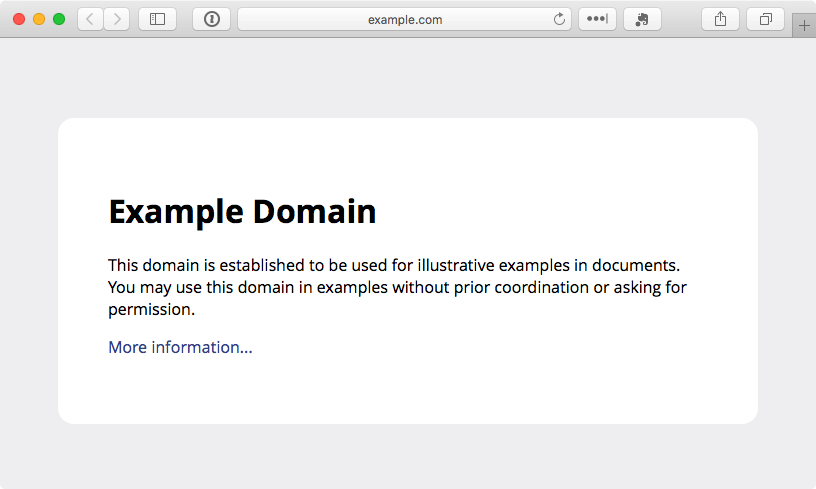
The problem could be just that your browser cache is still trying to use the DNS info it knows to access sites, instead of loading the Wi-Fi login page. And sometimes you can break it out of that loop by visiting something new.
You could clear your browser cache, but that's annoying as you'll have to log back into everything. Instead, open an Incognito window in your browser, which loads with a clean slate. Then try visiting a non-HTTPS site; example.com is a great option as it's non-secured and maintained by ICANN. That might jar your browser into action and get it to pull up the login screen.
4. Create a New Network Location
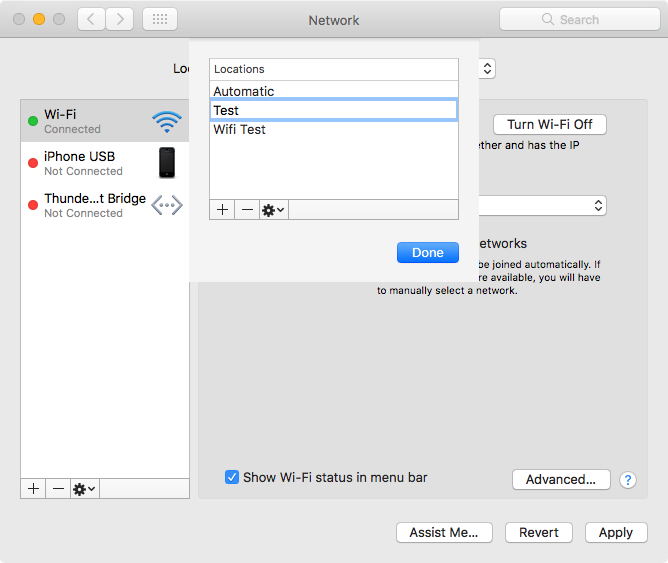
On a Mac, there's another simple way to clear your network settings and likely get the login screen to load: a new network location. Network Locations store your network settings for different locations, perhaps to make your computer use a different DNS at home than at the office or for an easy way to change which networks you connect to by default.
Just open your System Preferences and select Network again. Click the drop-down at the top, select Edit Locations, then click the + icon and add a new location. Select it, and then try to connect to the network you want.
Just remember to switch back to your default network location when you're back at your office or home.
5. Restart
Sometimes nothing works. In that case, do the one thing that typically fixes every electronic device: Restart.
- Turn off your Wi-Fi, then turn it back on.
- Didn't work? Try logging out of your account on your computer and then log back in—or just restart the whole way.
- Still stuck? Maybe clear your browser cache.
- That didn't work? Might be time to ask around and see if anyone else can use the internet. Perhaps it's the router that needs restarted.
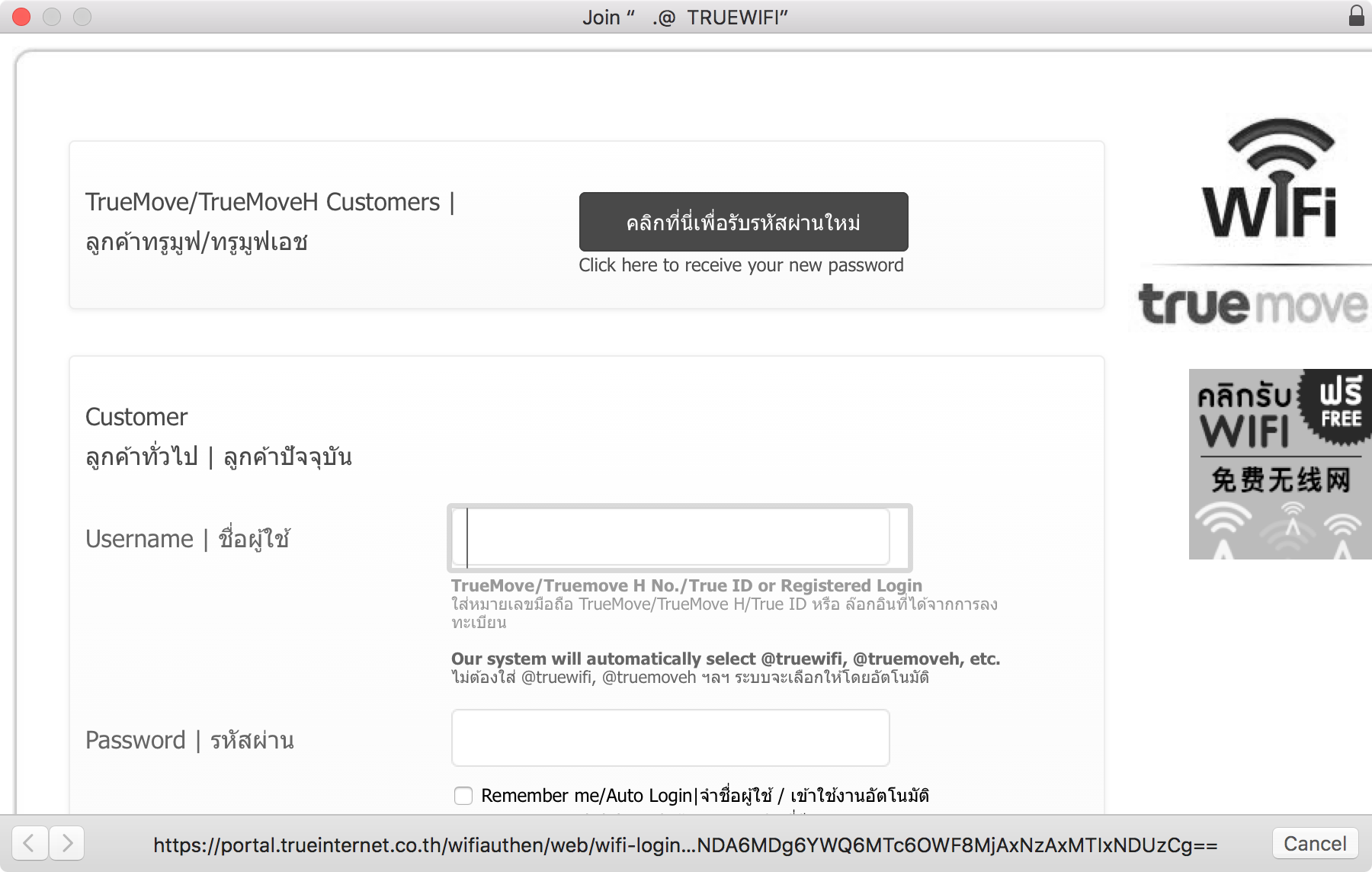
With any luck, you should be able to get the Wi-Fi network screen to load and can get back to work—hopefully without trying everything in this list!
Stay Secure on Public Networks
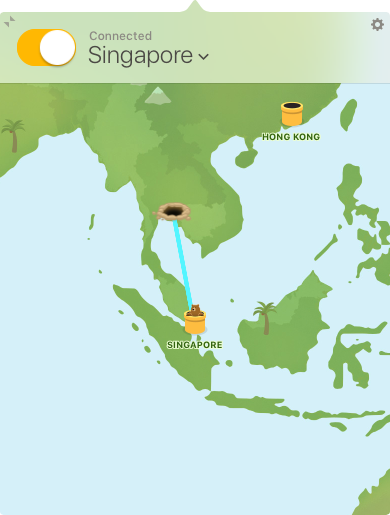
You've gone to all that trouble to get connected to a Wi-Fi network—but don't stop there. If you're browsing on a public Wi-Fi network, you should also be using a VPN to encrypt your data and keep it secure from prying eyes. And, you may need to use a VPN to access your company's internal data and services.
For around $5-10 per month, you can get a VPN connection, typically with apps that make it easy to use on your computer and mobile devices. Services like TunnelBear, NordVPN, ExpressVPN, and others make it easy to use a VPN—and TunnelBear even offers 500MB of free data per month if you only work out of your office or home occasionally. Or you could set up a VPN server on your own hosting account or server using OpenVPN or a similar tool.
Either way, remember to turn it on whenever you're on public Wi-Fi. Free Wi-Fi is not worth losing your data.
Free Wi-Fi sign photo by Clarice Barbato-Dunn via Flickr.
source https://zapier.com/blog/open-wifi-login-page/

It is crucial that one should always use a VPN when using a public Wifi. This ensures your security and privacy. The VPN that I use is Ivacy VPN.
ReplyDelete